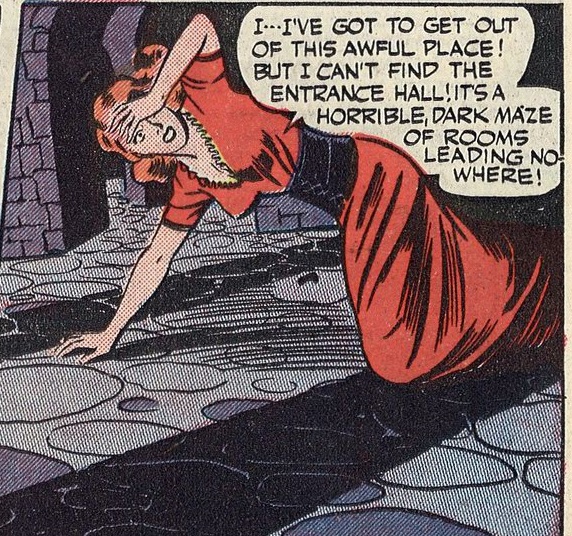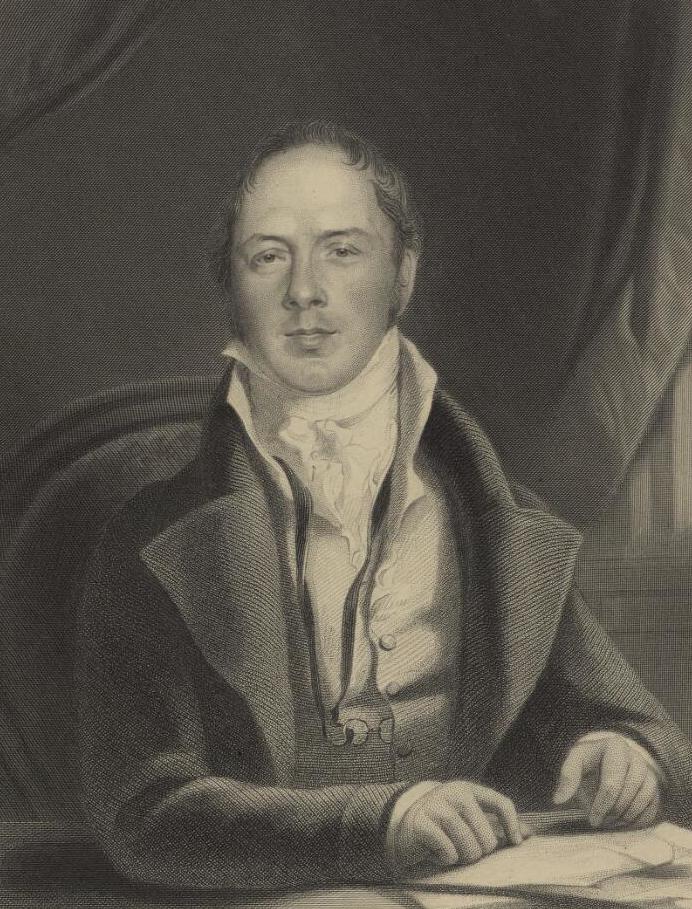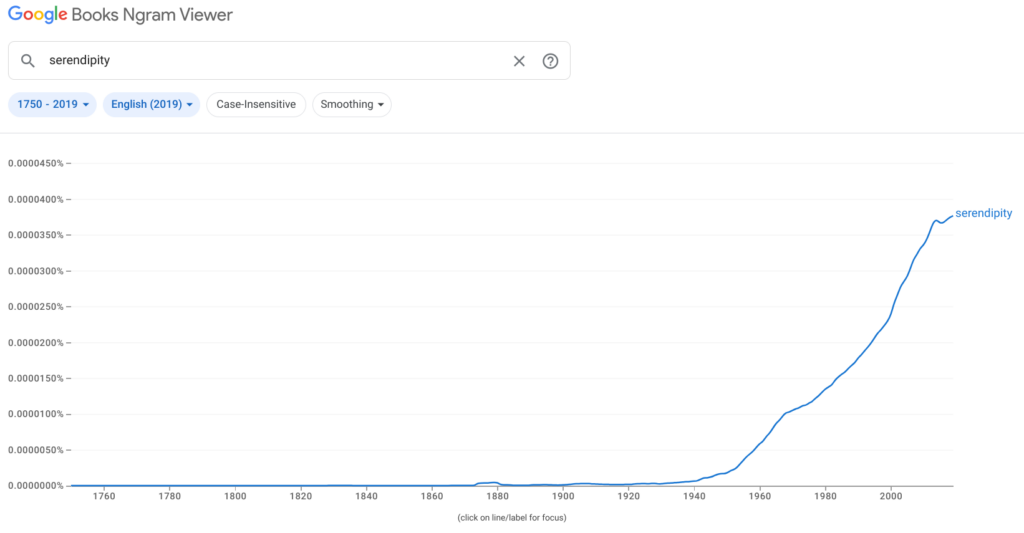This post should come much later in the story but since it’s currently on my mind I’ll post about it now.
Thich Nhat Hanh has a translation of The Five Remembrances I like.
I am of the nature to grow old.
There is no way to escape growing old.
I am of the nature to have ill-health.
There is no way to escape having ill-health.
I am of the nature to die.
There is no way to escape death.
All that is dear to me and everyone I love are of the nature to
change. There is no way to escape being separated from them.
My actions are my only true belongings.
I cannot escape the consequences of my actions.
My actions are the ground on which I stand.
I find it comforting to remind myself that I will change. I will age. I will have issues with my health. I will be separated from those I love. And someday I will die. The Five Remembrances reads pretty goth. All about death and loss and separation, but Hanh adds a gloss that makes the sutra much more meaningful to me.
In the version I have Hanh qualifies his translation with the comment —
“If we look at the Five Remembrances only as ominous warnings of what is to come, they will serve only to create more suffering. Our practice is to smile to them, to look deeply and shine the light of mindfulness in order to transform our fear of old age, sickness, death, being separated from people and things we love, and to see the nature of our actions.”
Understanding Our Mind by Thich Nhat Hanh · 2008
Finding a way to accept inevitable change with grace, humility, and humor has become an important part of my search for middle-aged well-being.
After Back Collapse 2023 my stool changed dramatically. I went to a doctor to try and figure out what might be going on, and in the process I got a CT scan of my gut. Completely unrelated to any issues I was experiencing I discovered I have a large nonobstructive kidney stone.
I’ve learned that so much of health care is really playing the odds. It’s possible a stone like that would never grow, stay where it was, and I could live out my life without it having the slightest impact. It’s also possible that down the road it could do something that caused great pain, damaged my kidney, sent me to the emergency room, or otherwise make my life considerably worse.
I decided to get it removed.
To be continued…





